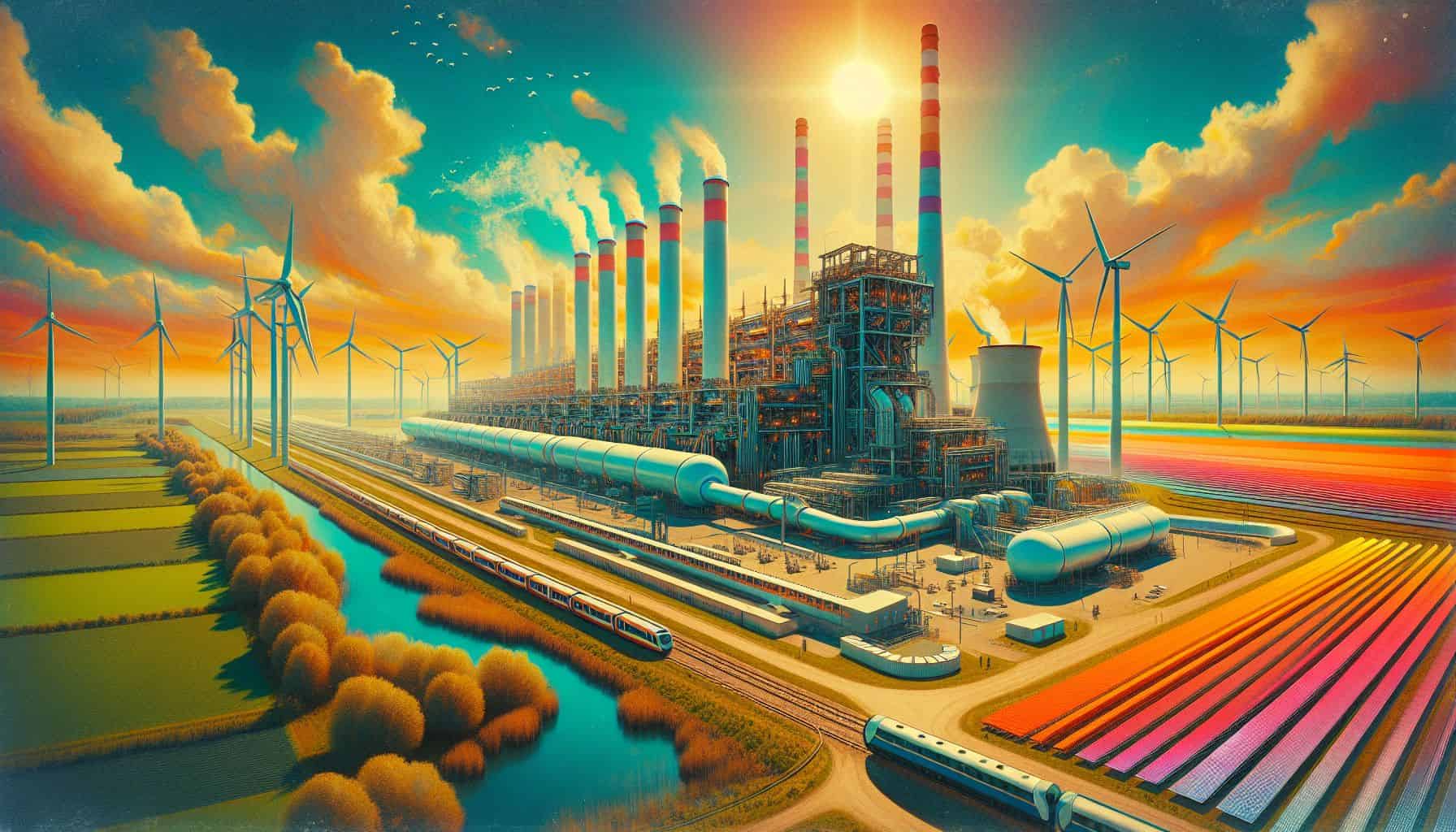Netherlands' Largest Green Hydrogen Facility Set to Rise in Lelystad
Key Ideas
- Essent and Circul8.energy plan to build a 20-megawatt electrolyzer in Lelystad, aiming to produce green hydrogen from wind and solar energy, with plans to scale up to 105 megawatts by 2026.
- The partnership symbolizes a pioneering effort in the transition to green energy in the Netherlands, utilizing surplus renewable energy to create green hydrogen and reduce carbon emissions.
- The project in Lelystad is strategically located in Flevoland, known for its renewable energy infrastructure, with the goal of creating a 'Hydrogen Valley' and eventually producing 11,000 tonnes of green hydrogen annually.
- By the end of 2026, the facility is expected to be fully operational, representing a significant step towards a more sustainable and resilient energy future.
Essent and Circul8.energy have announced plans to construct a 20-megawatt electrolyzer in Lelystad, the Netherlands, which will be the country's largest green hydrogen production facility. This project is set to harness wind and solar energy to produce green hydrogen, aiming to reduce carbon emissions associated with traditional fossil fuels. By utilizing electrolyzers to split water into hydrogen and oxygen, powered by renewable sources, the initiative promotes sustainable energy solutions. The partnership signifies a progressive move towards green energy within the Netherlands, emphasizing the importance of transitioning to cleaner alternatives. The Dutch government's study on water usage in hydrogen production complements this effort by exploring ways to optimize resources and enhance sustainability. Lelystad's strategic location in Flevoland, a province with a strong renewable energy infrastructure, aligns with the goal of establishing a 'Hydrogen Valley' to promote green hydrogen production. The project's scalability to 105 megawatts and potential annual green hydrogen output of 11,000 tonnes highlight its substantial impact. With the facility expected to be operational by the end of 2026, this endeavor represents a significant milestone in advancing towards a greener and more resilient energy future.
